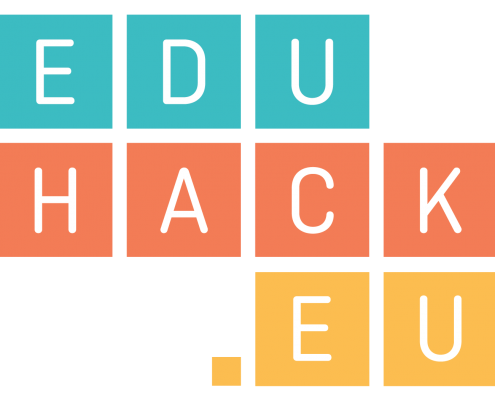Use games to improve learners engagement
Read
Games are increasingly discussed when it comes to innovating learning and there are many initiatives actively supporting the introduction of games, particularly in online learning. Before you get started on this topic, it is important to recognise the distinction between the use of games which may or may not be specifically developed for a learning context and the concept of “gamification” which Wikipedia defines as being the “application of game-design elements and game principles in non-game contexts”. Examples of gamification in teaching and learning, according to JISC, include:
- Using badges or other rewards to record achievements.
- Encouraging progression through tasks by offering progress markers.
- Including competitive elements and rankings.
- Game-based learning or ‘serious games’; these are educational games designed to achieve a particular curriculum need.
Both games themselves and the process of gamification are important and, when used well, can add a significant value to online learning and indeed any learning by increasing engagement and motivation.
One of the main advantages of using games in learning is the ‘fun’ value they bring. Research has shown that a greater focus on the affective domain of adults’ learning experience, in particular fun and enjoyment, could prove to be as beneficial and important as it is currently considered in children’s learning.
Along with their general ability to increase motivation and engagement, games can have several specific advantages which we summarise here:
- Games can be used to help students to better collaborate when organised with teams.
- Certain role-playing games help students to increase their knowledge of specific content by enabling them to practice roles and experience certain situations.
- Games can enable student enhance their problem-solving skills by putting them into situations in which they have to solve problems within parameters and time constraints.
- Communication skills are often enhanced through game-playing when the game requires players to present certain results or outcomes.
- Student attitudes can often be changed through games and are often used in social sciences when dealing with complex issues.
- Many games support the development of specific technical skills in areas such as coding.
Watch
This video is the first of a series of 3 from the Gamification Report which covers several aspects including research findings as well as describing some really nice examples. (duration: 7:09)
Do
(estimated time to complete the task: 1 hour)
Consider how you would introduce an element of gamification to your digital classroom. Describe how and why you would do this and the impact you expect to have as well as the ‘rules’ that you would apply to this process.
Post your proposal on your own blog or the EduHack Wall. Here are some examples of how you can do this:
- Introduce score-sheets for certain activities that students use to monitor their progress so that everyone can see how they are doing and offer ‘rewards’ for when students reach certain goals.
- Introduce team-work into certain aspects of the course and allow teams to compete with one another to achieve certain pedagogical goals linked to the content, preparing joint presentations, video elements, course contributions, etc.
- Online quests, where students have to search individually or in teams for specific content, can involve high levels of interactivity and foster curation and selection skills as well as engaging and motivating people. Get started with a simple question or quiz interaction.
- Introduce small incremental challenges in order to ensure students are motivated to improve their skills or knowledge. It’s a good idea to make these challenges achievable or level-based so they can easily track their progress.
Additional Resources
- Lynda.com offers an entire course on gamification in learning.
- In The Gamification of Learning and Instruction, Karl Kapp defines and elucidates the concept of gamification and introduces various examples of gamification at work in education. This book is an excellent nuts-and-bolts guide that is grounded in solid research and would serve educators interested in this topic well.
- JISC also provides a guide to gamification.
- For a ground-level introduction to techniques you can use in the classroom, eLearning industry provides a set of easy to implement examples.
- The Higher Education Academy provides a deeper dive, explaining the context of many of these techniques, how they relate to educational theories and providing examples from practice.
- Take a look at this interesting article on when and how gamification can be effective and some of the pitfalls to avoid.
- This video (duration: 49:04) explores a case study of how a teacher uses game dynamics in her classroom to increase student engagement, motivation, and achievement.


